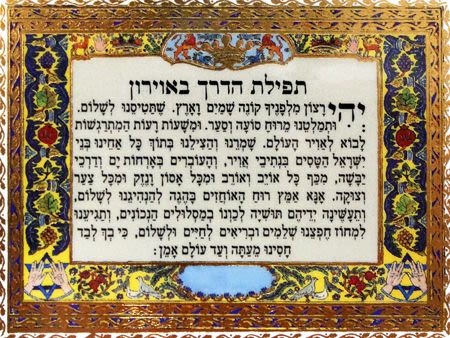
Rabbi Yehudah HaLevi – Kuzari
"In Defense of the Despised Faith,” the magnum opus of Rabbi Yehudah HaLevi (1075-1141), is a profound and comprehensive guide to Jewish thought...

As a strong candidate for the position of “poet laureate” of Jewish History, Rabbi Yehudah HaLevi of course had to have been a great “Talmid Chacham,” a Torah Scholar, as well. And indeed he was, having been, for example, on friendly terms with the successor of the Rif, Rabbi Yoseph ibn Migash, a teacher of the Rambam. Rabbi Yehudah was born in the year 1075 in Tudela, in northern Spain, but there is some controversy as to where he died. Legend has it that he was slain by a Muslim on horseback, as he knelt to kiss the ground at one of the gates of Jerusalem. Probably a more authoritative version locates the place of his death as Egypt, where he was visiting and being honored by the Egyptian Jewish community, on his way to the Holy Land. He was one of the earliest figures in the period of the “Rishonim” (Torah scholars of the early-to-late Middle Ages) to have attempted to return to Zion.
About 1,000 poems of his are known, divided into three categories: religious poems, poems of the sea, and poems of love. Probably the most famous of his poems is used in the “Kinot,” or Lamentations, recited on Tishah B’Av, when the world Jewish Community mourns the destruction of its two Holy Temples. It begins:
“Zion, it would be fitting of you to ask concerning
Those imprisoned in the Exile,
Who seek your welfare,
As the only remnant of your flocks.”
To attempt to find the truth, the King summons a Greek philosopher, a Christian priest, an Islamic mullah, and a rabbi. The philosopher speaks first, then the representatives of the two daughter religions of Judaism. The King quickly exposes flaws in their world-views and turns to the rabbi, without expecting to hear much from that source. But the latter engages the King in persuasive arguments, and the resulting work is called by the Vilna Gaon “holy and pure, and the fundamentals of Israel’s faith and the Torah are contained within it.”
Essay 2: the conversion of the King, Divine Attributes, the Holiness of Israel, Animal Sacrifices, Positive and Negative Commandments, the Holiness of the Hebrew Language,…
Essay 5: proofs for the existence of the soul, determinism vs. “Bechirah Chofshit,” Free Will – At the end of the discussions referred to in Essay 5, the rabbi indicates his desire and intention to leave for the Holy Land. He fends off the criticism of the King, and wins his admiration and approval.
The “Kuzari” is a classic work of Jewish philosophy, and has occupied the hearts and the minds of Jews in all the generations since its appearance.










Tell us what you think!
Thank you for your comment!
It will be published after approval by the Editor.